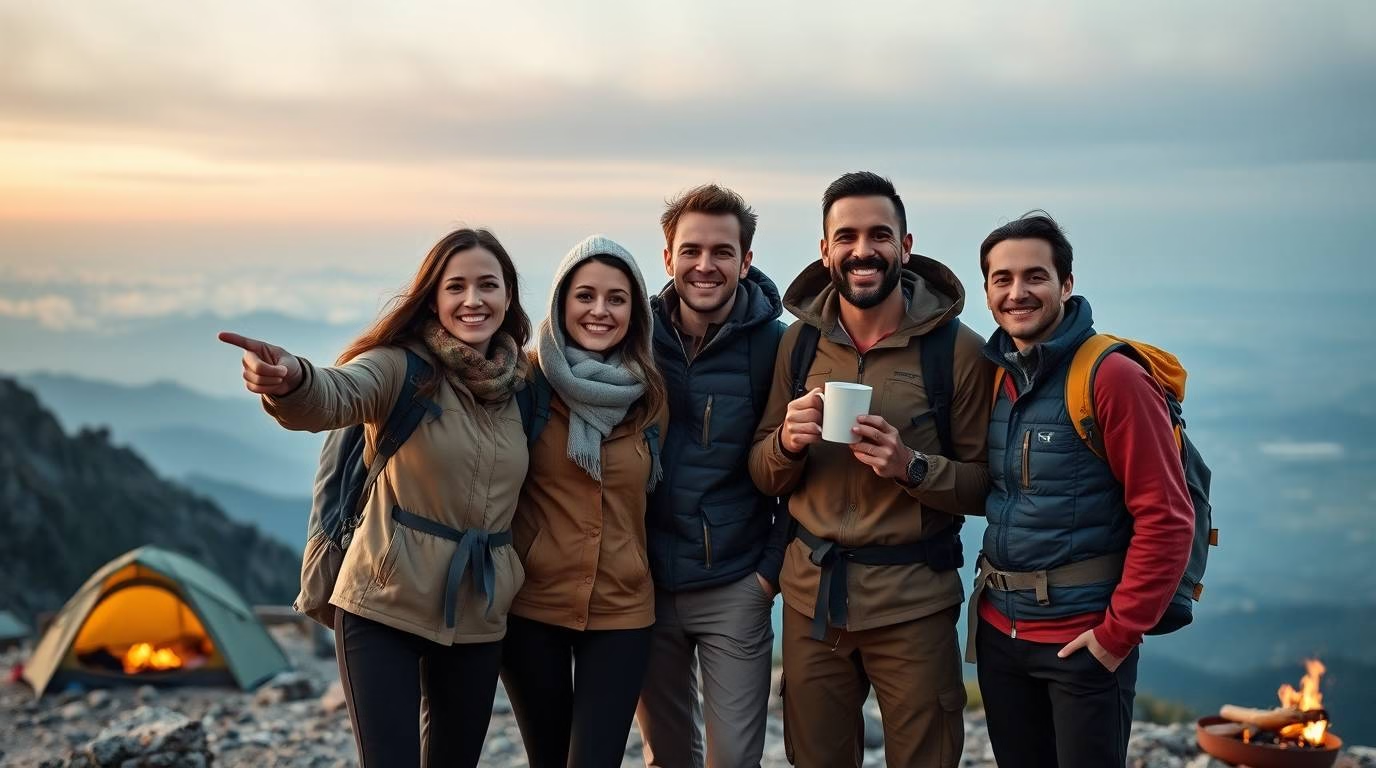Ever felt that undeniable pull towards the mountains, the forest, or even just a quiet lakeside? That itch for fresh air, stunning views, and a break from the relentless hum of daily life? Yeah, me too. My happy place is definitely out there, somewhere wild, with a sturdy backpack and the right gear. But let’s be honest, figuring out your outdoor travel Essentials can feel like prepping for a moon mission. There’s a bewildering amount of stuff out there, and separating the “must-haves” from the “nice-to-haves” (or even the “what-on-earth-is-that-fors”) is a skill in itself.
This isn’t about telling you to buy the most expensive gadget or carry a dozen unnecessary items. Instead, we’re going to chat about the outdoor-travels essentials, the real outdoor needs that make your trips smoother, safer, and infinitely more enjoyable. We’ll cover everything from what you absolutely need for a cozy night under the stars to the clever little things that just make life easier. So, if you’re planning your next escape into nature and wondering about your outdoor camping needs, you’ve come to the right place. Let’s get you packed right for that next big adventure!
Table of Contents
- The Call of the Wild: Why Outdoor Travel?
- Shelter & Sleep: More Than Just a Tent
- Kitchen on the Go: Fueling Your Adventures
- Navigation & Safety: Don’t Get Lost (Literally)
- Comfort & Care: Staying Happy on the Trail
- The Art of Packing: Less is More (Usually)
- Further Reading
The Call of the Wild: Why Outdoor Travel?
Before we dive into the gear, let’s quickly acknowledge why we even bother with all this outdoor stuff. I mean, a comfy hotel room with room service sounds pretty good sometimes, doesn’t it? But there’s something fundamentally different about truly immersing yourself in nature.
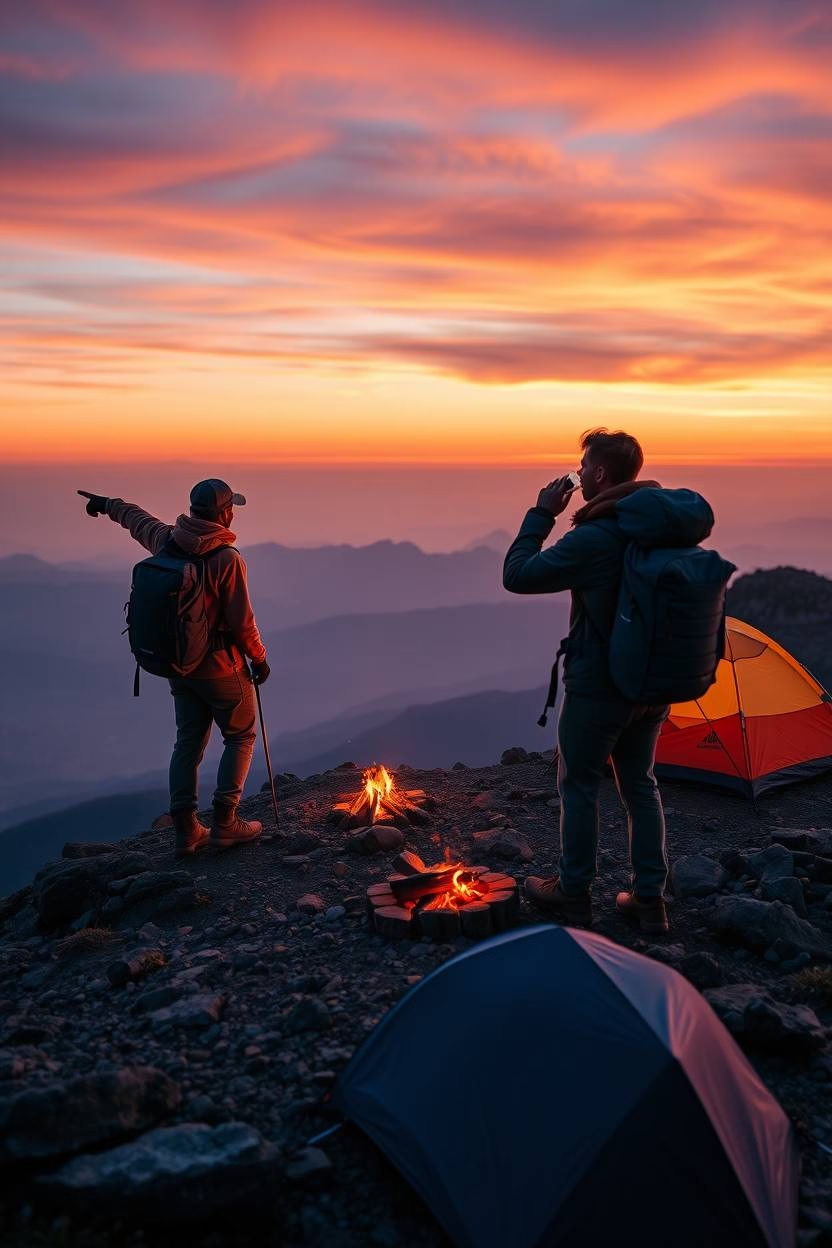
It’s the quiet that isn’t really quiet – the rustle of leaves, the distant call of a bird, the crackle of a campfire. It’s the challenge of setting up camp, navigating a new trail, and relying on your own two feet. IMO, it’s a profound reset for the soul. It strips away the unnecessary layers of modern life and reminds you what you’re capable of. Plus, the stories you come back with are infinitely better than “I ordered pizza again.” Just sayin’.
Shelter & Sleep: More Than Just a Tent
When you’re out in the elements, your shelter and sleep system are paramount. This isn’t just about comfort; it’s about safety and warmth. Don’t skimp here, folks. Freezing your backside off all night is a surefire way to ruin a trip.
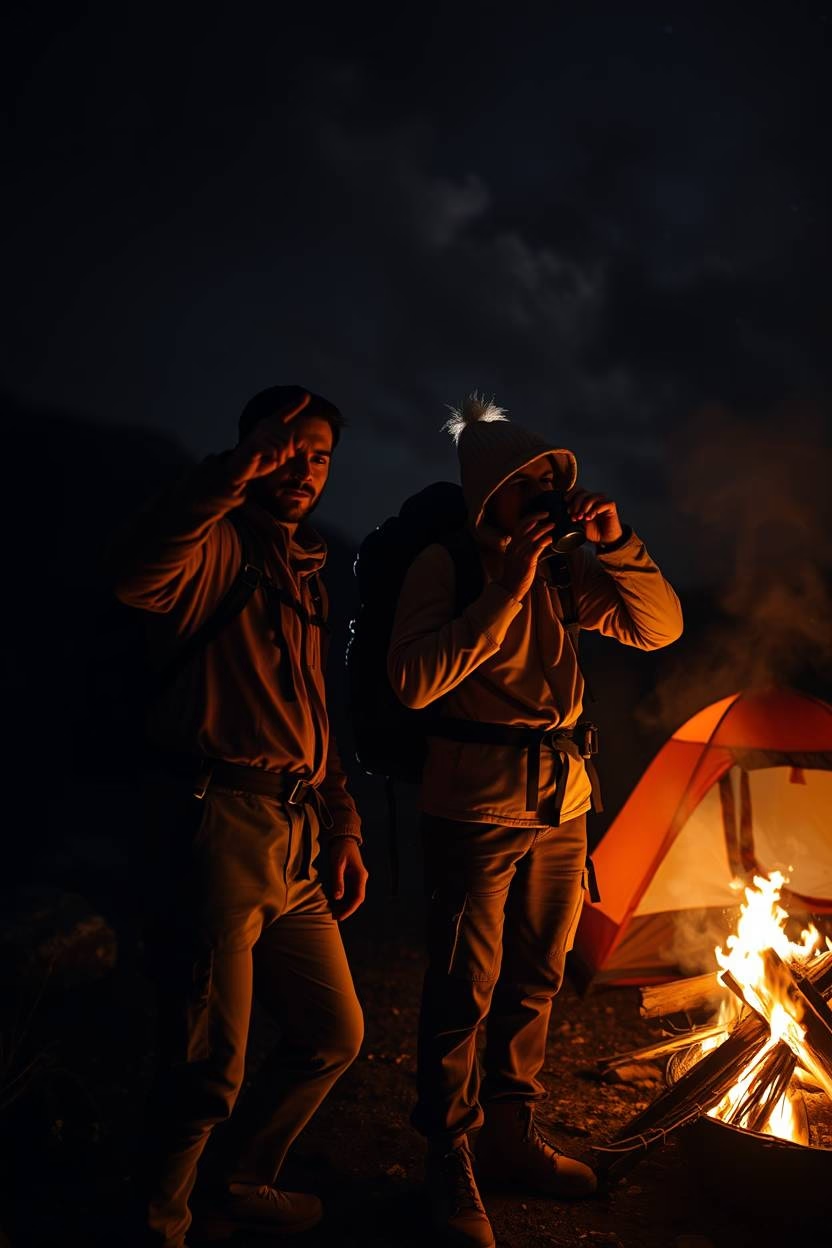
- The Mighty Tent: Your home away from home. Consider weight, seasonality (3-season is versatile), and capacity. Do you need a solo cocoon or a spacious palace for two (and a dog)? Look for easy setup and good ventilation to avoid that lovely condensation drip. For a reliable option, check out this 2-person Backpacking Tent.
- Sleeping Bag Savvy: This depends entirely on the temperature you’ll encounter. Check the temperature rating! A bag rated for 40°F won’t cut it when it’s freezing. Also, consider fill type (down is light and warm, synthetic handles moisture better) and shape (mummy for warmth, rectangular for space).
- Sleeping Pad Perfection: Crucial for both comfort and insulation from the cold ground.
- Inflatable pads offer the most comfort and pack down small.
- Closed-cell foam pads are durable, cheap, and offer good insulation, though less comfort. Don’t underestimate a good pad; it’s half the battle for a good night’s sleep.
I once spent a night with a borrowed, paper-thin sleeping pad on a surprisingly cold spring night. Let’s just say I spent most of it doing calisthenics in my tent to stay warm. Learn from my mistakes!
Kitchen on the Go: Fueling Your Adventures
You gotta eat, right? And while foraging for berries sounds romantic, a solid camp kitchen setup is far more practical for your outdoor travel needs.
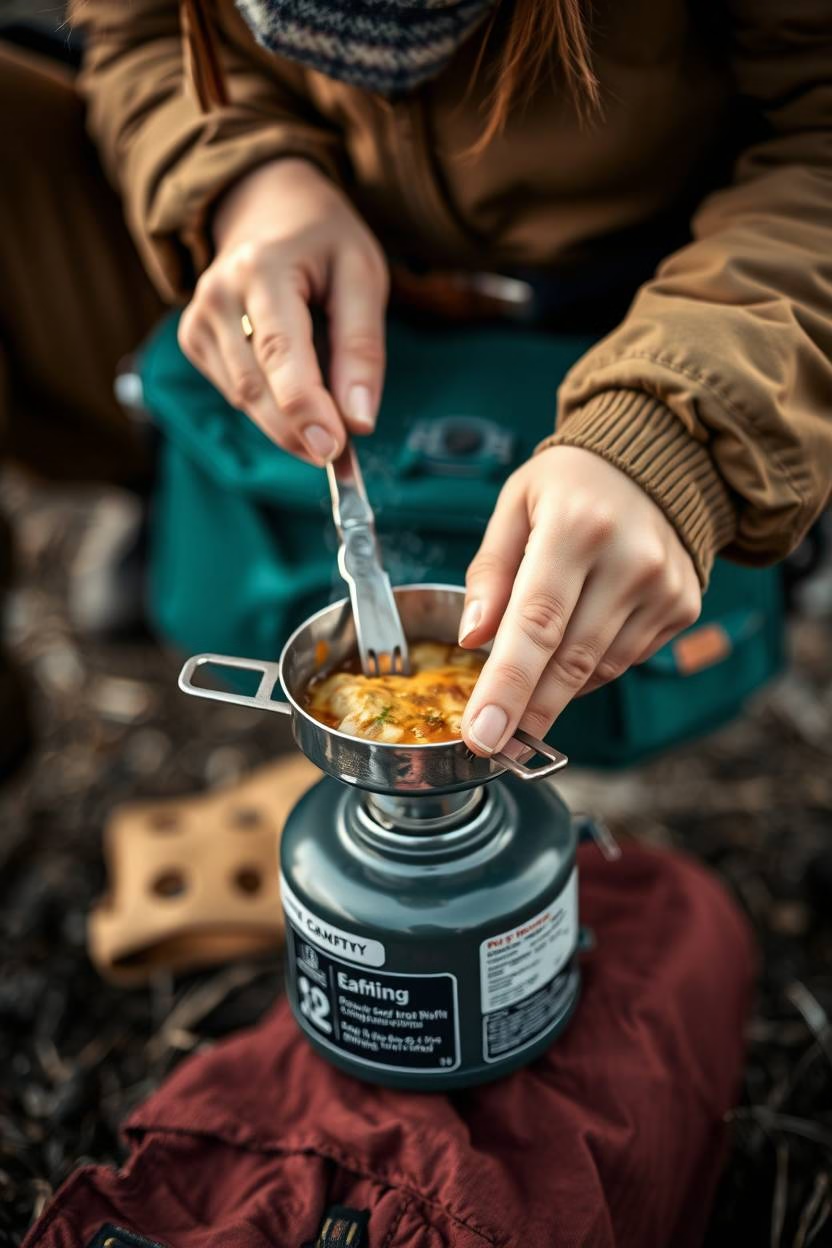
- Portable Stove & Fuel: From compact backpacking stoves that boil water in minutes to larger two-burner camp stoves for gourmet meals, choose based on your group size and cooking ambition. Always pack enough fuel! Running out mid-cook is just rude. A great compact choice is this Portable Camping Stove.
- Cookware & Utensils: A lightweight pot, a pan, and a spork are often all you need for backpacking. For car camping, you can get a bit fancier with a full set. Don’t forget a sharp knife (with a cover, obviously) and a cutting board.
- Food Storage: Bear canisters (where required!), dry bags, or simply sturdy containers to keep your food safe from critters and protected from moisture. Nobody wants soggy granola.
- Water Filtration/Purification: This is a non-negotiable outdoor needs item. Backpacking filters, purification tablets, or a UV purifier – ensure you have a reliable way to turn questionable water into drinkable hydration. Dehydration is no joke! For a robust solution, consider this Water Filter Bottle.
My go-to is a simple jet-boil style system for coffee and dehydrated meals when backpacking. For car camping, though, I’m bringing the cast iron and making pancakes. Life’s too short for bad camp food.
Navigation & Safety: Don’t Get Lost (Literally)
This might sound like overkill to some, but safety first, folks! The wilderness is beautiful, but it can also be unforgiving. These are critical outdoor needs.
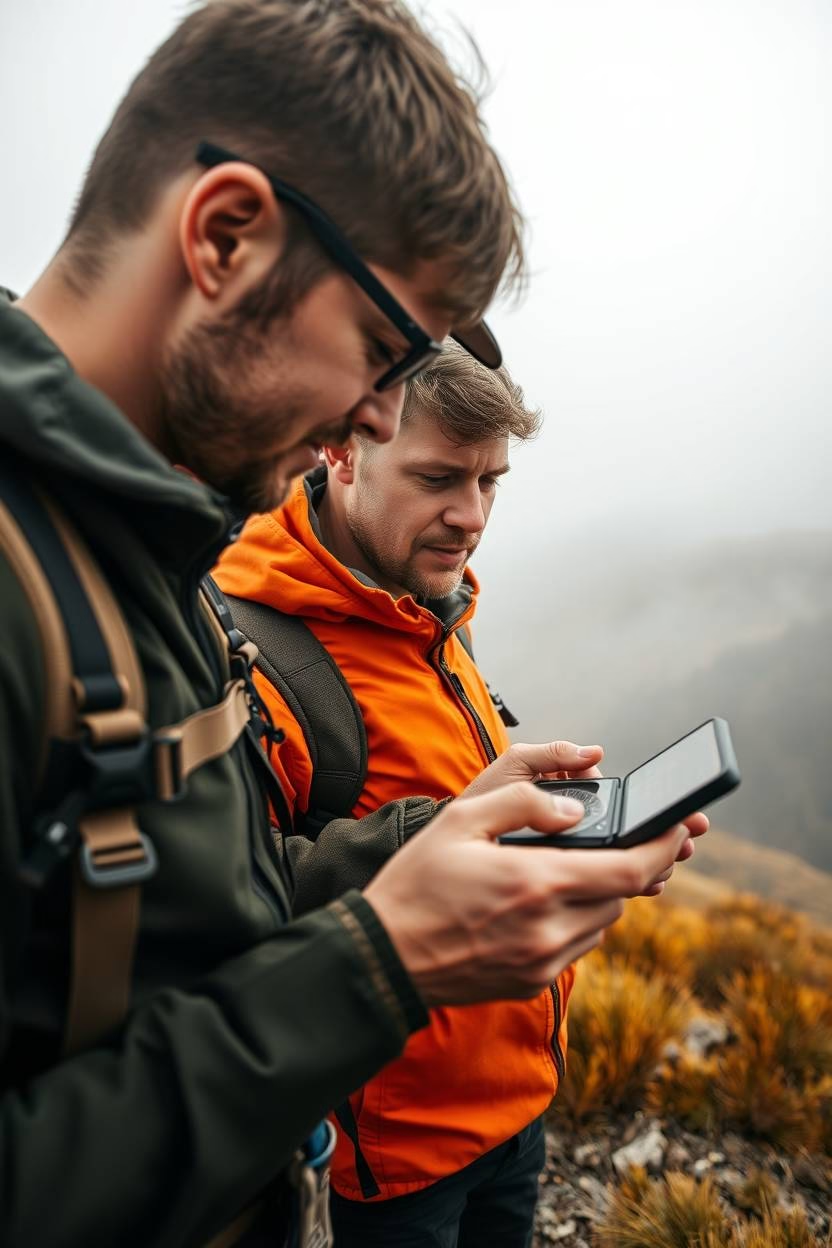
- Map & Compass/GPS: Even if you rely on your phone’s GPS (which, honestly, can fail), always carry a physical map and compass and know how to use them. Batteries die; paper doesn’t.
- First-Aid Kit: Tailor it to your trip length and group size. Blister care, pain relievers, bandages, antiseptic wipes – the basics. Learn how to use it before you need it.
- Headlamp/Flashlight: Essential for navigating in the dark, setting up camp late, or finding that dropped marshmallow. Pack extra batteries! This LED Headlamp is a bright and reliable option.
- Fire Starter: Waterproof matches, a lighter, or a ferro rod. Being able to start a fire for warmth, cooking, or signaling is a fundamental survival skill.
- Multi-tool/Knife: Indispensable for a myriad of tasks, from opening cans to fixing gear.
Ever wondered why everyone emphasizes these items? Because when you’re miles from civilization and something goes wrong, these simple tools can literally be lifesavers. Trust me, getting lost in the dark with a dead phone is a terrible feeling.
Comfort & Care: Staying Happy on the Trail
These might not be “survival” items, but they significantly improve your experience and are vital outdoor camping needs for a pleasant trip.
- Appropriate Clothing Layers: Think “wicking,” “insulating,” and “waterproof.” Avoid cotton in cooler weather – it absorbs moisture and stays wet forever, chilling you to the bone. Merino wool and synthetics are your friends.
- Sun Protection: Sunscreen, a wide-brimmed hat, and sunglasses. The sun in the outdoors is no joke.
- Insect Repellent: Depending on where you’re going, this can be the difference between blissful relaxation and a mosquito-induced nightmare.
- Personal Hygiene Kit: Toothbrush, biodegradable soap, hand sanitizer. Stay fresh, stay happy.
- Camp Chair (for Car Camping): Oh, the luxury! After a long day, sitting on a proper chair instead of a log feels like pure bliss. Consider a Compact Folding Camp Chair for easy transport.
Little things make a big difference. I always pack a small, inflatable pillow. Some might call it excessive, but after a day of hiking, that bit of neck support is pure gold.
The Art of Packing: Less is More (Usually)
So, you’ve got your gear. Now, how do you fit it all? This is where strategic packing comes in. For outdoor-travels, especially backpacking, every ounce counts.
- Pack Strategically: Heavy items should be close to your back and shoulders. Lighter, bulkier items at the bottom. Things you need often (snacks, water, map) in accessible pockets.
- Dry Bags/Pack Liners: Protect your essentials from unexpected rain or river crossings. A wet sleeping bag is not a fun sleeping bag.
- Consolidate & Repurpose: Can your cooking pot double as a bowl? Can your rain jacket double as a makeshift ground cover? Think outside the box.
Don’t be that person who brings a full-sized pillow on a multi-day hike. (Yes, I’ve seen it. And yes, they regretted it.) Practice packing. Take a “shakedown” hike with your fully loaded pack to see what what works and what doesn’t.
Further Reading
- REI Co-op Expert Advice: Backpacking Gear Checklist
- National Park Service: Plan Your Visit – What to Pack
- National Park Service: Official Website
Conclusion: Just Go! with Your Outdoor Travel Essentials
Ultimately, having the right outdoor travel Essentials covered frees you up to truly enjoy the experience. It reduces stress, improves safety, and allows you to focus on the beauty around you, not on a leaky tent or a growling stomach. It’s an investment in incredible memories and personal growth.
So, get your gear sorted, do your research, and then just go. The wilderness is calling, and you are now better equipped than ever to answer! Happy trails, my friend!
Don’t want to miss our next article? Follow us on social media! And while you’re here, why not explore more great articles on our blog for even more easy life tips!
Need for more Pro Tips? Click here to explore all our related posts!
Affiliate Disclosures
This post may contain affiliate links, which means we may receive a commission if you make a purchase through these links, at no extra cost to you. As an Amazon Associate, we earn from qualifying purchases. This helps support our blog and allows us to continue sharing easy life tips with you!

